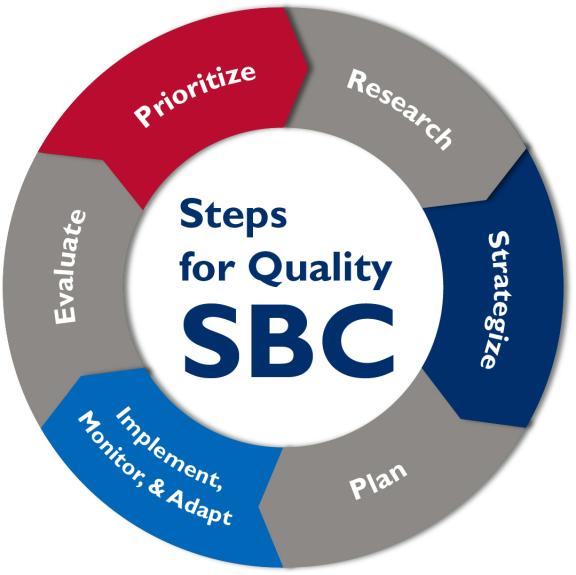The use of quality social and behavior change (SBC) programming is key to achieving nurturing care outcomes. USAID and USAID Advancing Nutrition curated this focused set of resources to inform and guide USAID implementing partners to design and implement more tailored, age-specific infant feeding and responsive care and early learning programming during the first two years of a child’s life. As part of the effort, we have compiled a few key resources for implementers to review and consider to support quality SBC programming, including resources on how to design, implement, and monitor SBC activities—helping programs to prioritize behaviors, conduct research, and strategize, plan, implement, monitor, and evaluate activities.
Image

We found 24 resource(s)
Your Baby's Developmental Milestones
Guideline/Guidance published by UNICEF in
Webpages with interactive activities to test your knowledge and explain baby’s development including things to look out for.
The “C” in NACS: FANTA’s Experience Improving Counseling in the Nutrition Assessment, Counseling, and Support (NACS) Approach
Technical Report published by FANTA in
Despite great success in assessing and treating people for malnutrition, observations in health facilities reveal that counseling—the “C” in NACS—remains weak.
Alive & Thrive Program Brief: Timed and Age Appropriate Messaging Approach on Infant and Young Child Feeding
Guideline/Guidance published by Alive & Thrive in
Timed and age-appropriate messaging for infant and young child feeding is an approach that facilitates frequent one-on-one contact between health personnel and mothers of children less than two years of age.
Timed and Age-Appropriate [Infant and Young Child Feeding] IYCF Messaging For [Health Development Agencies] HDAs
Job Aid published by Alive & Thrive in
This job aid is intended for health development army team leaders and health extension workers to promote timed and age-appropriate infant and young child feeding messaging with mothers and caregivers of children under two as part of the health extension program.
Nutrition Assessment, Counseling, and Support (NACS): A User's Guide: Module 3. Nutrition Education and Counseling
Guideline/Guidance published by FANTA in
The NACS User’s Guide is a series of modules that provide program managers and implementers with a package of essential information and resources on the nutrition assessment, counseling, and support approach.
Community Infant and Young Child Feeding Counselling Package: Participant Materials
Information, Education and Communication Materials published by UNICEF in
One component of the Community Infant and Young Child Feeding Counselling Package, the Participant Materials include key technical content presented during the training.
Community Infant and Young Child Feeding Counselling Package: Facilitator's Guide
Guideline/Guidance published by UNICEF in
The Community Infant and Young Child Feeding Counselling Package is a resource designed to equip community workers (including community health workers and volunteer health workers), and primary health care staff to support mothers, fathers, and other caregivers to optimally feed their infants and young children.
The Community Infant and Young Child Feeding Counselling Package: Key Messages Booklet
Guideline/Guidance published by UNICEF in
One component of the community infant and young child feeding participant materials is the Key Messages Booklet, which contains messages related to each of the infant and young child feeding counseling cards and take-home brochures.


